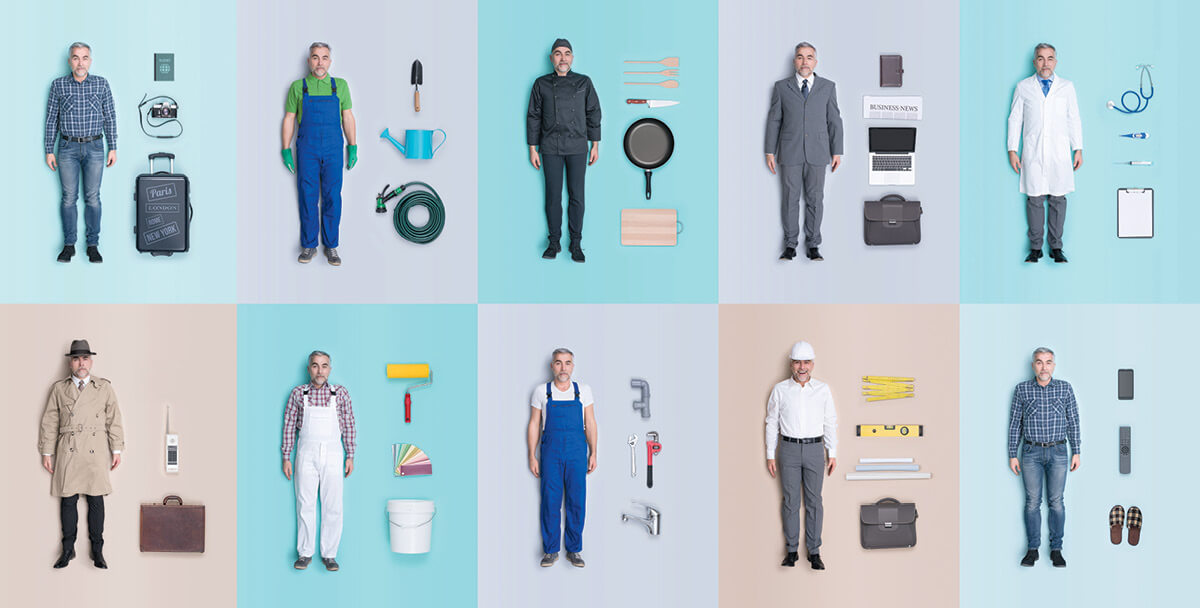Online images promote gender bias
 These days, we’re bombarded with images on picture-packed news sites and social media platforms. And much of that visual content, according to new research, is reinforcing powerful gender stereotypes.
These days, we’re bombarded with images on picture-packed news sites and social media platforms. And much of that visual content, according to new research, is reinforcing powerful gender stereotypes.
Through a series of experiments and with the help of large-language models, Assistant Professors Douglas Guilbeault and Solène Delecourt found that Google Images exhibit significantly stronger gender bias for both female- and male-typed categories than text from Google News. What’s more, while the text is slightly more focused on men than women, this bias is over four times stronger in images.
Delecourt says that most of the previous research about bias online has focused on text. “But we now have Google Images, TikTok, YouTube, Instagram—all kinds of content based on modalities besides text,” she says. “Our research suggests that the extent of bias online is much more widespread than previously shown.”
To zero in on gender bias in online images, Guilbeault, Delecourt, and colleagues designed a novel series of techniques to compare bias in images versus text and to investigate its psychological impact in both mediums.
First, the researchers pulled 3,495 social categories—which included occupations like “doctor” and “carpenter” as well as social roles like “friend” and “neighbor”—from Wordnet, a large database of related words and concepts. To calculate the gender balance within each category of images, the researchers retrieved the top hundred Google images corresponding to each category and recruited people to classify each human face by perceived gender.
Large-language models measured gender bias in online text by noting the frequency of each social category’s occurrence alongside references to gender in Google News text. The researchers’ analysis revealed that gender associations were more extreme among the images than within text. There were also far more images focused on men than women.
In another study, 450 participants searched Google for apt descriptions of occupations relating to science, technology, and the arts. One group used Google News to upload textual descriptions; another group used Google Images to upload pictures of occupations. Compared to those in the text and control conditions, the participants who worked with the images displayed much stronger gender bias associating women with arts and men with science (a bias linked to systemic inequalities in academia and industry)—even three days later.
“This isn’t only about the frequency of gender bias online,” says Guilbeault, the paper’s lead author. “There’s something very sticky, very potent about images’ representation of people that text just doesn’t have.”